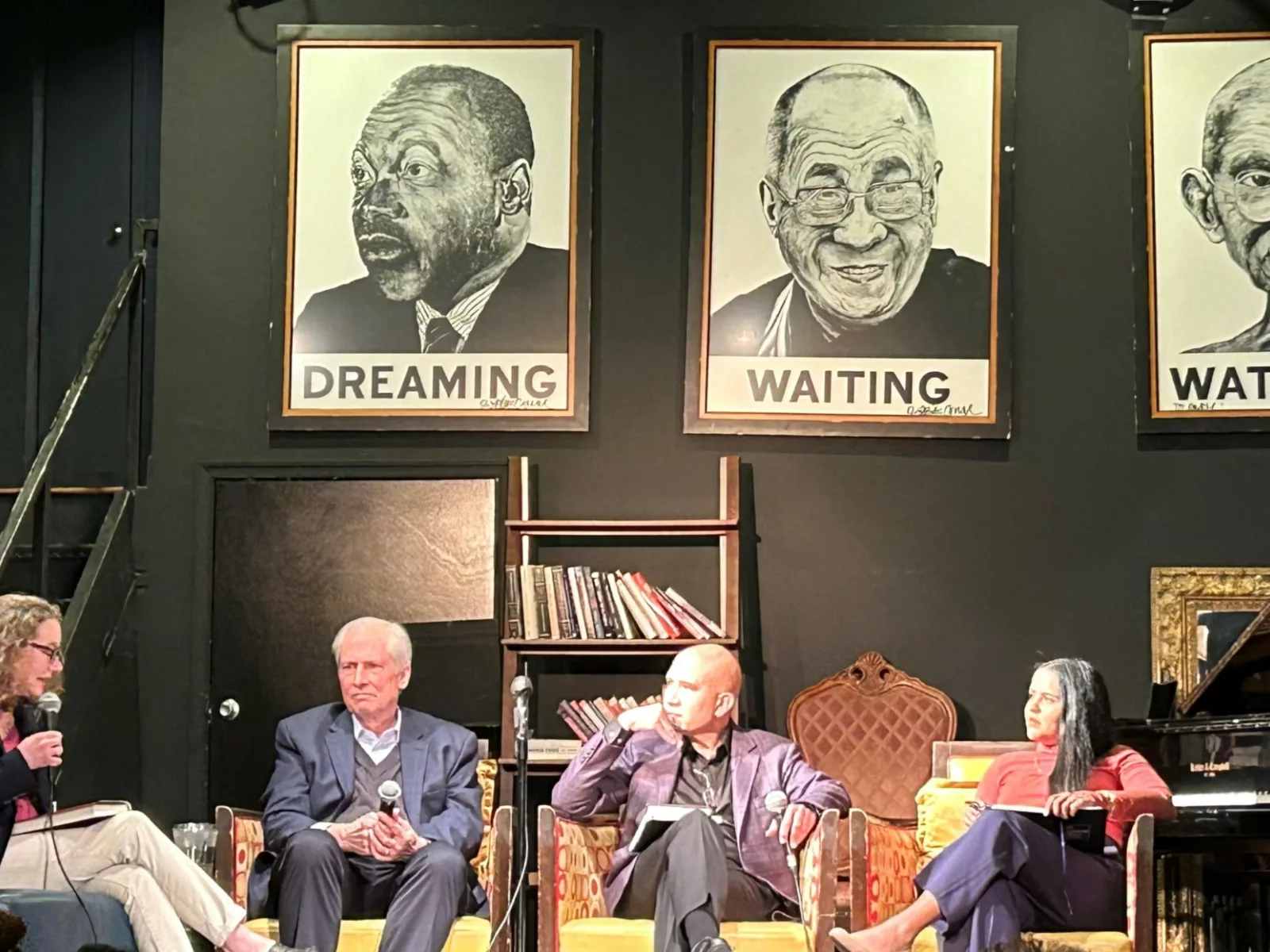For nearly a year, Kenneth Humphrey sat in a jail cell as an innocent man.
Not yet convicted of a crime, Humphrey — a 66-year-old Black man from San Francisco — was unable to afford his unreasonably high bail of $350,000 to buy his freedom.
As the cogs of the criminal justice system slowly turned, Humphrey waited in his cell.
And waited.
And waited.
Yet all his waiting wasn’t in vain.
Four years after his alleged crimes, the 66-year-old man is now the face of California’s bail reform after the California Supreme Court ruled in March that people can’t be held on unreasonably high bail amounts they can never afford.
The ruling is known as the Humphrey decision.
“This is a pivotal moment for expanding racial justice and ending mass incarceration, not only in California but across the United States,” said Alec Karakatsanis, the executive director of Civil Rights Corps. (Civil Rights Corps is an NPPJ partner.)
In 2017, prosecutors allege, Humphrey, robbed and threatened an elderly neighbor at their residential hotel. At the time, Humphrey struggled with drug and alcohol addiction. He made away, prosecutors said, with a $5 bottle of cologne.
After his arrest, he was charged with robbery, elder abuse, and theft. The judge referred to a bail schedule and set his bail at $600,000. (It was later lowered to $350,000 on appeal.) Bail schedules often provide the judges a reference based on the type of crime and a recommended bail amount to accompany it, a practice that focuses more on the alleged crime than the individual circumstances.
Humphrey, along with his public defense attorney and Civil Rights Corps, appealed his case to the California Supreme Court. In March, the Supreme Court agreed, citing in its opinion that “the common practice of conditioning freedom solely on whether an arrestee can afford bail is unconstitutional.”
Simply put: Judges in California must now consider a person’s ability to pay when setting bail rather than relying on a bail schedule.
It’s a “step in the right direction” in creating a more fair pretrial system that relies less heavily on cash bail, said Johanna Lacoe, the research director of the California Policy Lab. (The lab is an NPPJ partner.)
Lacoe and her team at the California Policy Lab began studying the effects of the Humphrey decision in San Francisco County, where Humphrey was arrested, in September 2020. Their research began shortly after the First District Court of Appeals ruled in favor of Humphrey that a person’s financial situation must be considered when setting bail. After the appeals court’s ruling, the case was taken to the California Supreme Court.
Their research focused on comparisons of pretrial detentions and releases in San Francisco County in the year before the appeals court’s decision and the year after — what they call the pre- and post-Humphrey period.
They found that fewer people were released on cash bail in the post-Humphrey era while releases with intensive supervision — releases that include strict monitoring, such as electronic monitoring — doubled in that time.
While the decrease in bail releases is promising, Lacoe admits there’s more that must be done.

For one, Lacoe said, the Supreme Court’s ruling doesn’t provide counties with clear direction.
“There’s a lot to be determined and there’s a lot that’s left quite vague,” she said.
That ambiguity can cause counties to decipher the ruling individually and invite more political-driven decisions when a person’s freedom is at stake. In order to implement a more uniform process statewide, Lacoe said lawmakers must pass legislation to “fill the gaps.”
Lawmakers have tried once. In 2018, the legislature passed Senate Bill 10, which would have ended cash bail in favor of a system that utilized risk-assessment tools to determine a person’s conditions of release. Although it was signed into law by then-Gov. Jerry Brown, the for-profit cash bail industry initiated a referendum process that ultimately killed the law in the 2020 election.
Without a new law, the Supreme Court’s Humphrey decision currently is the driving force for bail reform.
Yet lawmakers are currently considering another bill similar to the previous law. Senate Bill 262, authored by Sens. Bob Hertzberg (D‑Van Nuys) and Nancy Skinner (D‑Berkeley), aims again at eliminating cash bail in California. Dubbed the “zero bail law,” the bill, if passed, would require no bail set for all crimes excluding violent felonies, domestic violence, sex crimes, among others.
“It is time to restore the fundamental right that people are innocent until proven guilty,” Skinner said after the bill passed the Senate in May. “SB 262 will restore this basic right for millions of low-income Californians accused of misdemeanor and non-violent felony crimes.”
[Read more: California Supreme Court Creates ‘Tidal Shift’ in Pretrial Justice System]
These days, Kenneth Humphrey is still waiting for his day in court, though he’s no longer confined to a jail cell. There are certain conditions he must comply with while free, including attending daily Alcoholic Anonymous meetings, but he’s thankful to be home. He’s now living with his girlfriend, away from his hometown of San Francisco.
“My freedom means a whole lot to me,” Humphrey told The Mercury News in November 2020. “Everybody who knows me and sees me knows that I’m not the same person.”
Four years later, now a changed man clean of drugs and alcohol, he’s still seeking a resolution in his case that cast him as the face of California bail reform — a spotlight he doesn’t hide from.
He hopes to never see the inside of a jail cell again. Neither does his lawyer, Anita Nabha with the San Francisco Public Defender’s Office.
“On my watch,” Nabha told the newspaper, “I have no intention of letting him set foot in any cell.”



















